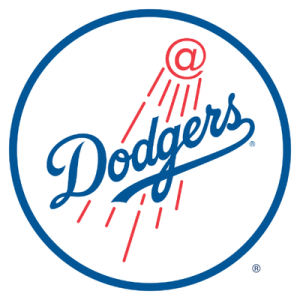How a six-man Dodgers rotation might work

Yesterday at 02:08 PM
Shohei Ohtani's two-way eligibility gives the Dodgers flexibility in the pitching staff
An interesting aspect of the Dodgers' offseason is the fact that they've been rather open about impactful decisions, announcing early that they plan on moving Mookie Betts back to the infield and likely using a six-man rotation in 2025. The latter of which is a topic we'll address here.
First things first, there is a reason why six-man rotation efforts usually falter, and it is a byproduct of Murphy's Law. With that being said, the likely idea here is to start the year with six starters and just default to that at different times, but staying away from it as a strict rule.
The reasons why the Dodgers would opt for this approach are pretty clear, and that's even before what's being treated as a potential signing of Roki Sasaki, but let's not get ahead of ourselves.
One of the things we learned in the 2024 postseason is that the Dodgers will err on the side of caution when it comes to their expensive pitching assets. This team had all the reason in the world to throw out the rule that Yoshinobu Yamamoto wouldn't pitch without five days of rest, and yet they didn't (partly because he was fresh off an injury). A more reckless organization surely could've considered using Shohei Ohtani as a closer in October, and that was never on the table.
Looking ahead to 2025, the Dodgers have a very exciting rotation even before any additions, but at the same time, it is one that'll need extra care in handling.
Shohei Ohtani is coming off major surgery and without even taking into account the toll on his body of hitting every single day, they'd likely only want him pitching once every six days or so. By slowing his pitching rehab during October — Ohtani hasn't yet faced hitters — the Dodgers likely won't have Ohtani ready to pitch right away once the season starts, but he'll contribute at some point.
If they didn't push Yamamoto when the stakes were high, it's likely they'll ease him in to start 2025, not even considering an adjustment to the regular American schedule for the first few months.
There is a very real possibility that they work around those two and potentially Sasaki on a six-man schedule, while not necessarily having a regular sixth starter, rolling with spot starts, the occasional bullpen game, and other creative solutions.
Number 247 on the list of benefits of having Ohtani on your roster is the fact he counts as a two-way player. Essentially, the Dodgers get an extra roster spot, able to carry 14 pitchers when every other team must carry 13. This helps negate one of the other problems with the contemplation of a six-man rotation, which is a depleted bullpen, since one must adhere to the limit of 13 pitchers on the active roster.
There are still a lot of questions to be answered in order to get a full grip on how the Dodgers will handle their rotation in 2025, after the relatively known quantities of Tyler Glasnow, Yamamoto, and Ohtani:
- Will Walker Buehler be back?
- Dustin May, Tony Gonsolin, and Bobby Miller all have track records that allow them the opportunity to fight for a rotation spot in the spring. How many spots will the team leave open to that group?
- When will Clayton Kershaw be ready after his foot and knee surgeries?
- Will the Dodgers sign Sasaki?
- In case Sasaki does not come to LA, will they look elsewhere for another top-flight starter in what's an extremely qualified free agent group with the likes of Blake Snell, Max Fried, Jack Flaherty and others?
However they work all of this out, it's nearly a sure thing that Yamamoto and Ohtani will be able to stick to a longer schedule throughout much of, if not the whole season.


